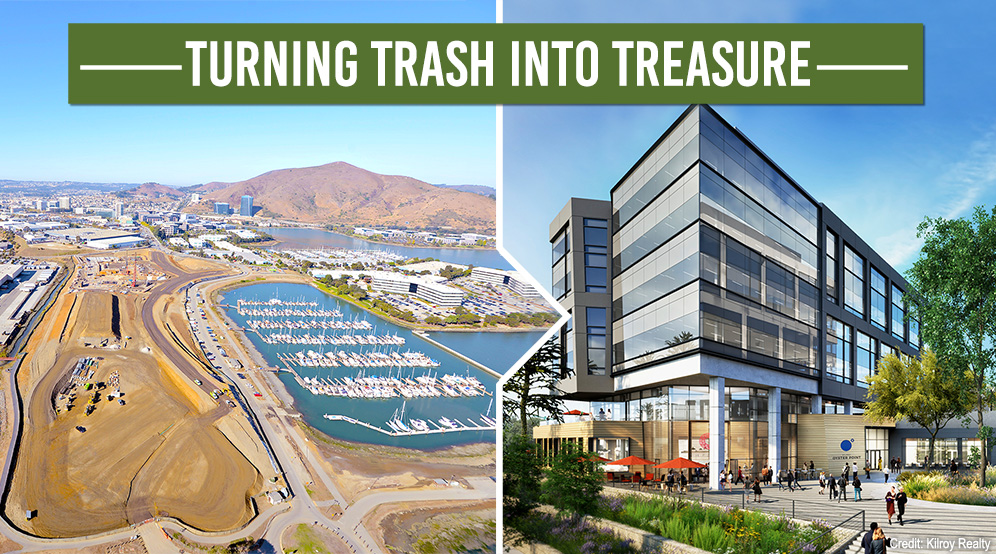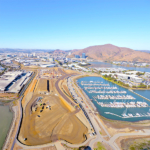

Reinventing Landfill Developments into Functional Public Spaces
As many urban areas expand to accommodate an influx of jobs and residents, the focus has shifted to infill development, reversing the urban sprawl seen in recent decades. To satisfy the continued demand, developers are moving toward the last large developable parcels available – former municipal solid waste landfills and informal dump sites.
The redevelopment of landfills caused an increase in regulatory interaction, particularly related to post-construction maintenance and monitoring of these sites. Regulators want to make sure that the engineering previously completed to make the site safe is maintained, and that there is a responsible party available if an issue arises at any point in the future.
|
Q&A: Sustainable Remediation
What makes a sustainable remediation project successful?
|
 Matthew Ambrusch, PE, MBA
|
TECH FOCUS: RADON MONITORING FOR VAPOR INTRUSION
When reviewing indoor air data, have you noticed challenges determining if the contaminants found in indoor air data are due to vapor intrusion or indoor sources? Many volatile organic compounds (VOCs) responsible for vapor intrusion risk are also found in ambient air, building materials, or consumer products, which makes interpreting post-construction indoor air monitoring results quite difficult. While simultaneously collecting ambient air and sub-slab soil gas samples may help illuminate the source of contaminants, it is not always definitive, and conducting multiple rounds of sampling negatively impacts both budget and schedule.


